Increased Adoption in Healthcare
The Handheld Imager Market is witnessing increased adoption within the healthcare sector, primarily due to the need for portable and efficient diagnostic tools. Handheld imagers facilitate quick and accurate assessments, which are crucial in emergency medical situations. The market data indicates that the healthcare segment accounts for nearly 40% of the total market share, reflecting a growing reliance on these devices for patient care. Furthermore, the rise in telemedicine and remote diagnostics has further propelled the demand for handheld imaging solutions, as healthcare providers seek to deliver quality care in a more accessible manner.
Expansion of Industrial Applications
The Handheld Imager Market is witnessing an expansion of industrial applications, particularly in sectors such as automotive, aerospace, and energy. Handheld imagers are increasingly used for quality control, maintenance, and troubleshooting, allowing for efficient inspections in challenging environments. The market data indicates that industrial applications are projected to contribute significantly to market growth, with an expected increase in demand of around 7% annually. This trend underscores the versatility of handheld imagers, as they adapt to meet the specific needs of various industries, enhancing productivity and operational efficiency.
Technological Advancements in Imaging
The Handheld Imager Market is experiencing a surge in technological advancements that enhance imaging capabilities. Innovations such as improved sensor technology, higher resolution imaging, and advanced processing algorithms are driving the market forward. For instance, the integration of artificial intelligence in handheld imagers allows for real-time analysis and improved accuracy in diagnostics. As a result, the market is projected to grow at a compound annual growth rate of approximately 8% over the next five years. These advancements not only improve the functionality of handheld imagers but also expand their applications across various sectors, including healthcare, security, and industrial inspections.
Rising Need for Non-Destructive Testing
The Handheld Imager Market is experiencing a rising need for non-destructive testing (NDT) across various industries, including manufacturing and construction. Handheld imagers play a crucial role in inspecting materials and structures without causing damage, thereby ensuring safety and compliance with industry standards. The NDT segment is anticipated to grow significantly, driven by stringent regulations and the need for quality assurance. Market analysis suggests that this segment could account for approximately 25% of the overall handheld imager market by 2026, highlighting the importance of these devices in maintaining operational integrity.
Growing Demand for Security Applications
The Handheld Imager Market is also benefiting from a growing demand for security applications. With increasing concerns over safety and surveillance, handheld imagers are being utilized in various security operations, including border control, law enforcement, and event security. The market is expected to see a significant uptick in demand, with projections suggesting a growth rate of around 6% in this segment alone. The ability to capture high-quality images in diverse environments enhances the effectiveness of security personnel, making handheld imagers an essential tool in modern security protocols.
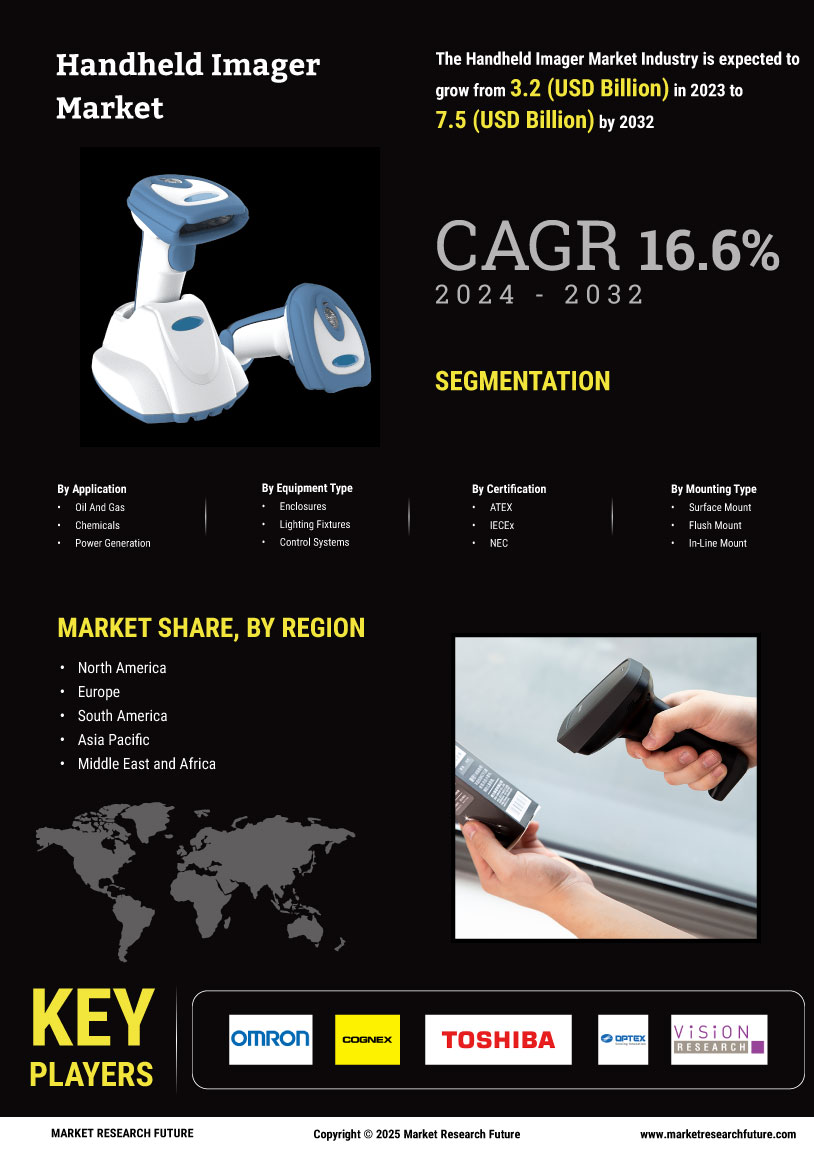
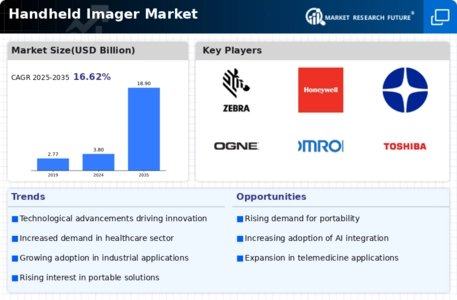
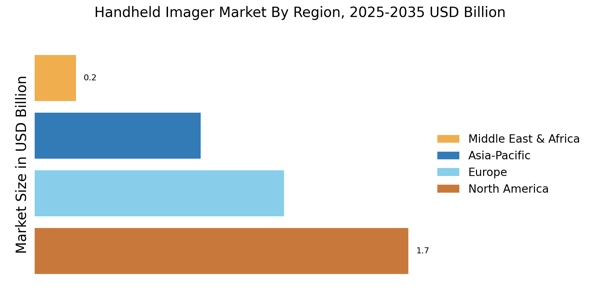

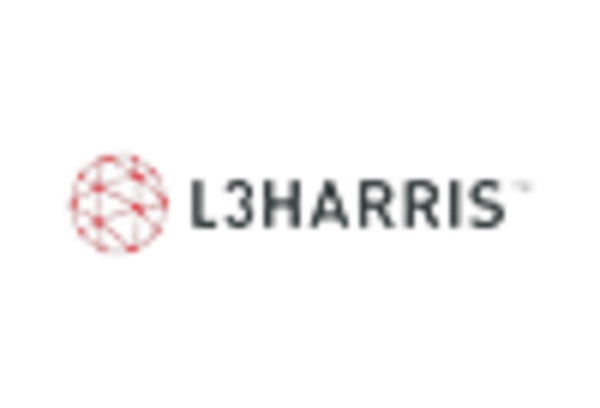


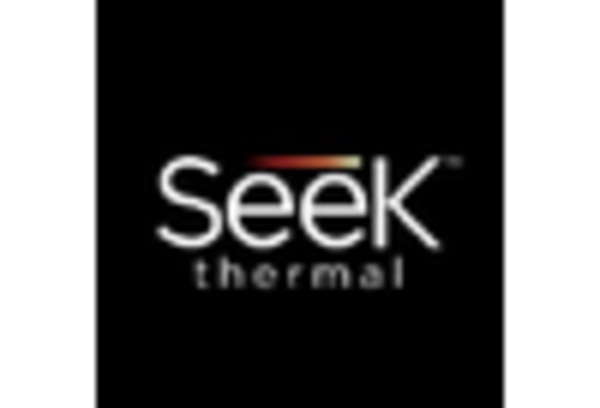
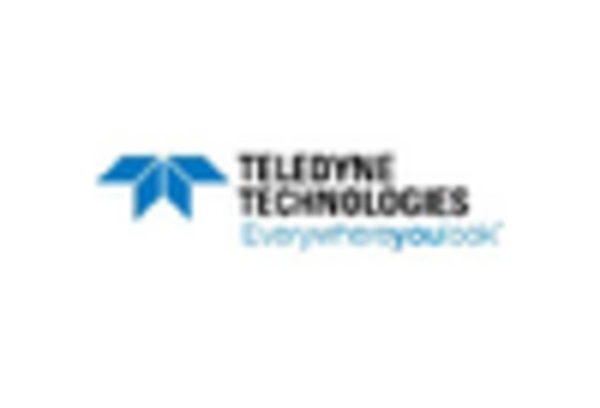








Leave a Comment